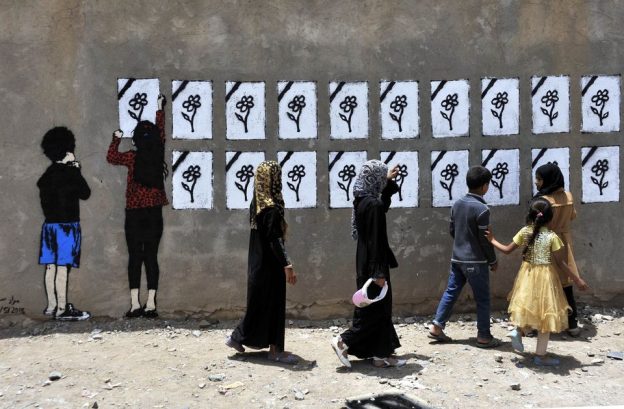April 1 – Gathering
Note: Our classroom has changed to first floor Liu Institute
In our final class discussion, we reflect on what we have learned throughout the semester together and what it means to be in this moment of history, in this place, together. To prepare our final ‘gathering’ :
a. Do the readings: these are short think pieces reflecting on the current global moment.
b. Reflect on the semester (review your notes, posts, the reading lists, presentation topics and exercises, activities or events you attended as part of class or during semester related to class). Select 2 key learning moments (can include for example a quote, image, author, exchange) that: 1. helped you to know/sense memory and justice struggles in a new way, even if its something you are still working to comprehend or think of how to act upon. Connect these to what it means to be living in this moment of history to you. Please send an image/s or word/s (or quote) to my inbox of this, and I will try to assemble in some way. You may want to revisit our first reading for this exercise: Timperley, Claire, and Kate Schick. “Hiding in plain sight: Pedagogy and power.” International Studies Perspectives 23.2 (2022): 113-128.
c. Ideas of what your final project will be and share with the class, and why its an important topic to you, how it relates to the topic.
agenda for class:
- Presentation on Naji al-Ali’s, Handala (Fang Jie, Chaimae, Carlos)
- Gathering of learning moments on memory and justice struggles
- Final Projects – what will you work on?
Readings
- Teju Cole, A Time for Refusal 2016.
- Chris Hedges, Surrendering to Authoritarianism 2025.
- Naomi Klien. How Israel has made trauma a weapon of war. 2024
- Sarah Aziza, The Work of the Witness. 2023.
- The OmarHerzShow
Further Readings
-
Olufemi, Lola. Experiments in imagining otherwise. Hajar Press, 2021.
- Claire Andrieu et al, eds. Resisting Genocide. The Multiple Forms of Rescue. New York: Columbia University Press, 2011: pp. 495-506. (Conclusion. Rescue, a Notion Revisited)
- Leebaw, Bronwyn. “Justice and the faithless: The demand for disobedience in international criminal law.” European Journal of International Relations 24.2 (2018): 344-366.
- Abu-Lughod, Lila. “Return to half-ruins: Memory, postmemory, and living history in Palestine.” Nakba: Palestine (1948): 77-104.
-
Boswell, P., Hartman, S. V., Oliveira, J., Pierce, J. M., Garza, C. R., & Sharpe, C. E. (2025). Five manifestos for the beautiful world. (read select chapters, or all of it)
- Naidoo, Leigh-Ann. “Memoire of a journey across apartheid landscapes: From South Africa to break the siege of Gaza.” Decolonization: Indigeneity, Education & Society 6.1 (2017).
- Naomi Klien. How Israel has made trauma a weapon of war. 2024
- (2020) “Their wounds are our wounds”: a case for affective solidarity between Palestine and Kashmir, Identities, 27:3, 357-375
- (2017) Decolonizing solidarity: cultivating relationships of discomfort, Settler Colonial Studies, 7:4, 456-473
-
Olwan, Dana M. “Pedagogies of Solidarity in Suheir Hammad’s “First Writing Since”.” Muslim Women, Transnational Feminism and the Ethics of Pedagogy. Routledge, 2014. 110-130.
- Onur Bakiner, ‘The Strength Even to Comprehend the Incomprehensible’: Rereading Adorno in the Age of Authoritarian Resurgence, International Journal of Transitional Justice, 2024;, ijae040, https://doi.org/10.1093/ijtj/ijae040
Presentation: Naji al-Ali’s, Handala
Photograph: People pass by Murad Subay’s mural “Flowers Bouquet” in Sanaa in May 2015. The Yemeni street artist has spent five years making the case for peace through street art projects.
